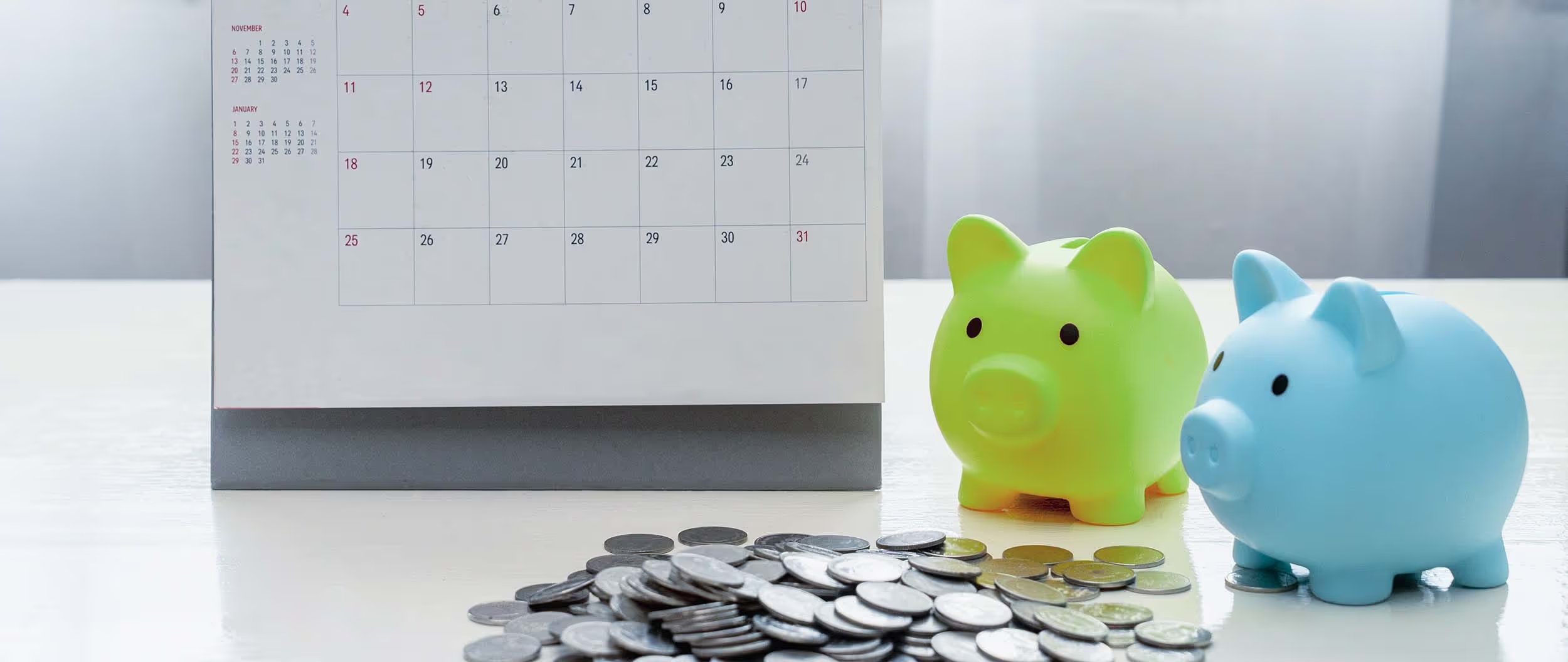Is “Disposable Income” something we recycle? And is “Discretionary Income” something no-one talks about? No... But they both refer to forms of available income after expenses. To avoid confusion, here is the difference:
Disposable income is the money that is available to invest, save, or spend after deducting income taxes.
Discretionary income is what a household or individual has to invest, save, or spend from their disposable income after necessities are paid.
For example:
- If someone's annual gross income is $60,000 and they pay 30% in taxes, their disposable income is $42,000 ($60,000 - $18,000).
- If they also spend $2,000 per month on essential expenses, their discretionary income is $18,000 ($42,000 - $24,000).
Knowing what you can do with your discretionary income can help you make decisions about your spending.


.svg)






